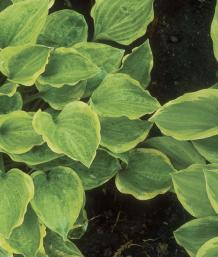
The first time I heard about hosta virus X was five years ago when I dragged a sick-looking hosta to Dr. Ben Lockhart at the University of Minnesota. He told me about a new virus he had found called hosta virus X (HVX). After that, anytime I visited a garden or nursery I kept an eye out for odd-looking hostas. When word got around that I was interested in hostas with viruses, members of my hosta society began giving me samples to pass on to Lockhart. Two years ago, I began a field study with him to look at the reaction of different hosta varieties to HVX.
First reported in 1996, HVX is showing up in nurseries and gardens across the country. Because its symptoms are so varied, it’s hard to describe what a plant with HVX looks like. The most common symptom is mottling of the leaves. In some cases, the mottling is so subtle you have to hold the leaves up to the light to see it. In other cases, it is obvious, with the discoloration scattered over the leaf or clustered along the veins. Symptoms may also involve stunting, crinkling, twisting, or drying out of the leaves.
While some hostas with mottled leaves look “sick” because their leaves are small and terribly deformed, others appear to be growing vigorously and seem unaffected except for their color. Some hosta varieties don’t show any symptoms at all when they are infected with the virus.
Infected plants must go
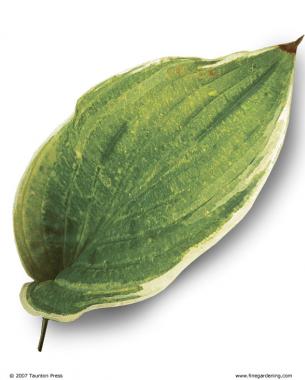
If you think you have a hosta with the virus, discard it, because there are no chemicals to treat plant viruses. Even if later flushes of leaves look normal on plants that showed symptoms earlier in the season, the plant still has the virus. Virus testing is expensive, but if you have a valuable plant with symptoms of HVX and you want confirmation, send a leaf sample to AGDIA, Inc., a disease-testing service (for more information, visit www.agdia.com or call 800-622-4342).
Once you have removed an infected hosta from your garden, you may plant another in the same spot because the virus is in a plant, not the soil. You may want to wait a few weeks, though, so that root fragments from the infected plant you removed have had time to start decomposing. HVX can’t survive long without living cells.
The best prevention is buying healthy plants
The best way to keep your garden free of HVX is not to introduce it. Don’t buy hostas that have a mottled appearance or distorted growth. In most healthy variegated hostas, the color of the margin of the leaf differs from the center, and the leaves don’t look speckled or blotchy. Be suspicious of new variegated hostas with bands of color along the veins. Some growers have unwittingly propagated and sold these diseased plants because they thought the variegation was interesting and believed the hostas to be new sports (plants arising from genetic mutations).
When you see a hosta with strange variegation, especially when it varies from leaf to leaf or is only present on some of the leaves, avoid the plant or ask if it has been tested for HVX. Unfortunately, since symptoms aren’t always present on infected hostas and nurseries don’t routinely screen all their stock plants for HVX, no matter how careful you are about purchasing new plants, there’s no foolproof way to prevent getting a plant with this disease.
Good practices can keep the disease from spreading

Photo/Illustration: Steve Aitken
So far, HVX has only been found in hostas. Since it isn’t known yet if any are resistant to the virus, use good sanitary and cultural practices when working with these plants. Here are some guidelines:
- HVX is transmitted on contaminated tools, hands, and machinery.
- If you are dividing hostas or removing leaves or flowers, sterilize your knives and pruning tools in 10 percent bleach after working on each plant.
- Be careful not to clip the hosta leaves when you are mowing near them. Leaves simply touching each other won’t spread the virus unless wounds from an infected and a healthy plant are in contact.
- This virus is not spread by insects, nematodes, seed, or pollen from an infected plant.
Fine Gardening Recommended Products

Attracting Beneficial Bugs to Your Garden, Revised and Updated Second Edition: A Natural Approach to Pest Control
Fine Gardening receives a commission for items purchased through links on this site, including Amazon Associates and other affiliate advertising programs.
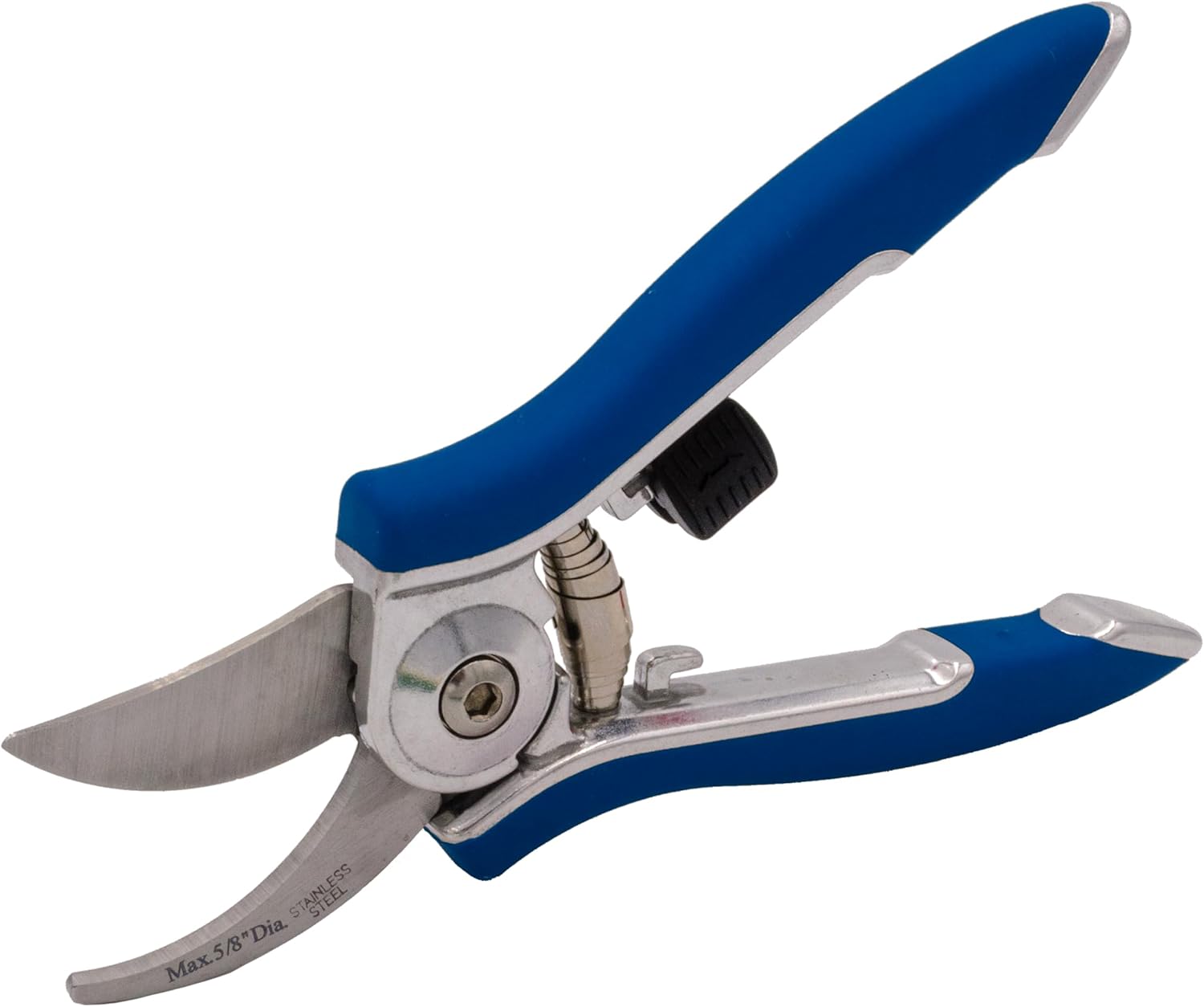
Dramm Bypass Pruner, Cut up to 5/8-inch in diameter, Stainless Steel Blade, Blue
Fine Gardening receives a commission for items purchased through links on this site, including Amazon Associates and other affiliate advertising programs.
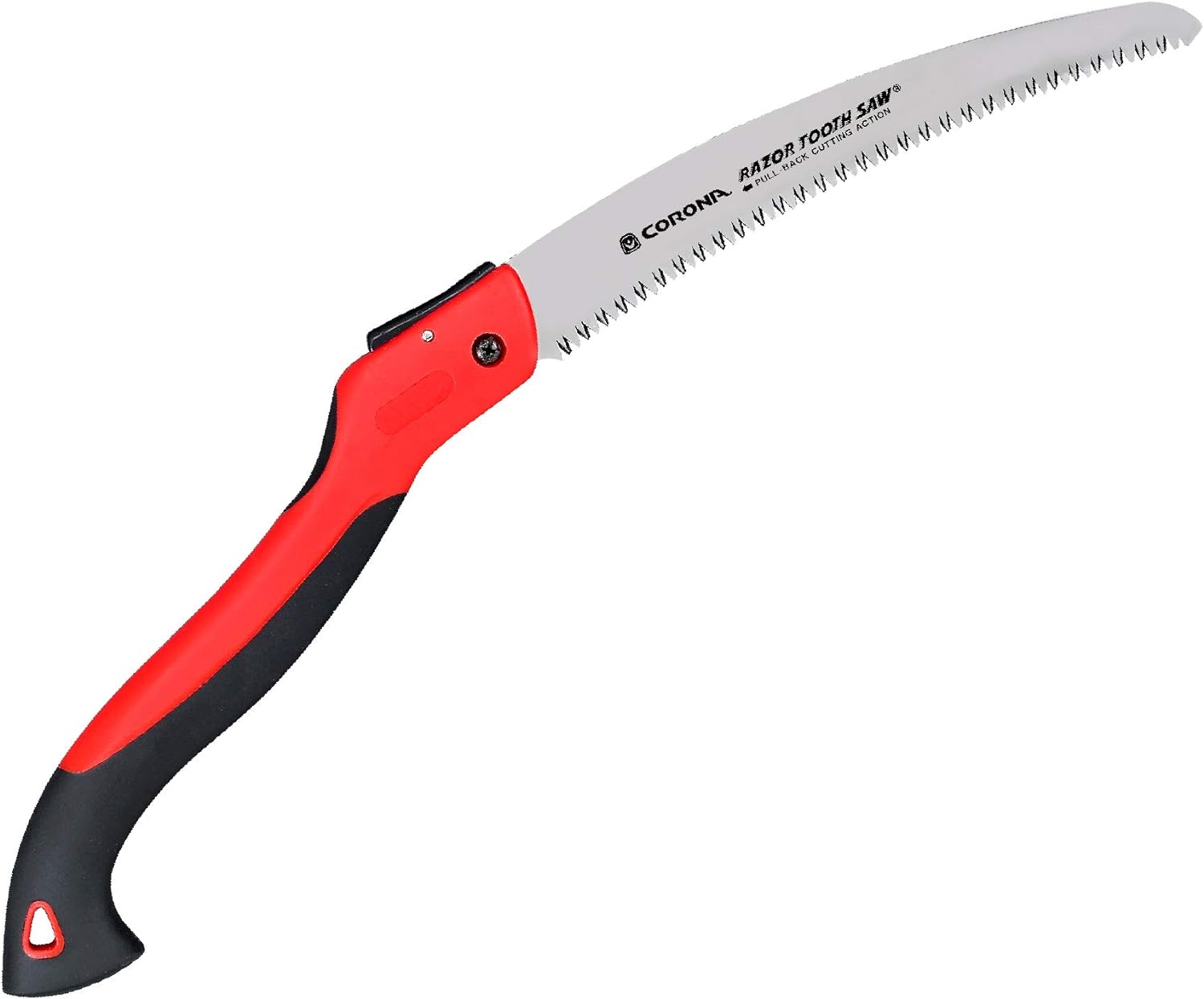
Corona Tools 10-Inch RazorTOOTH Folding Saw
Fine Gardening receives a commission for items purchased through links on this site, including Amazon Associates and other affiliate advertising programs.


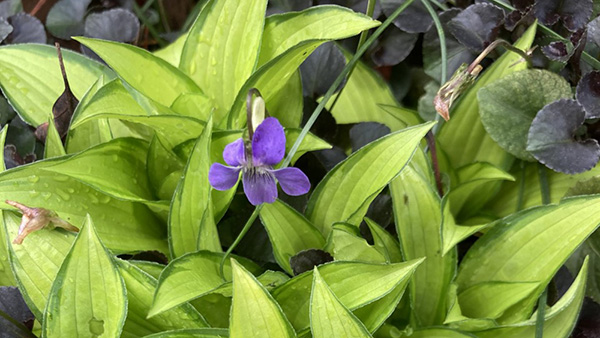
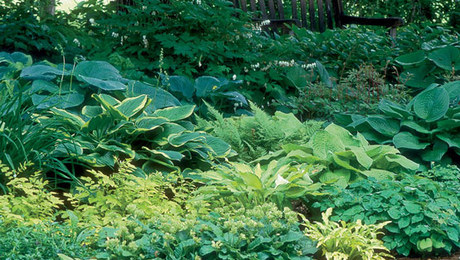
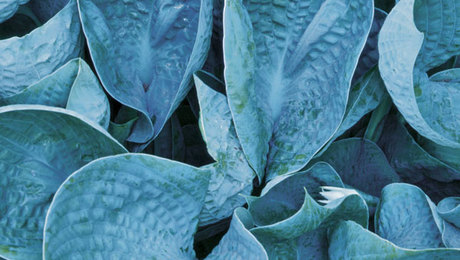












Comments
this is interesting, I have a collection of hostas I have grown for 10 years in pots, This year they have nearly all developed die back on some but not all leaves. I decided to repot in new compost next spring, could this be the virus, there is some mottling too on a few.
Log in or create an account to post a comment.
Sign up Log in